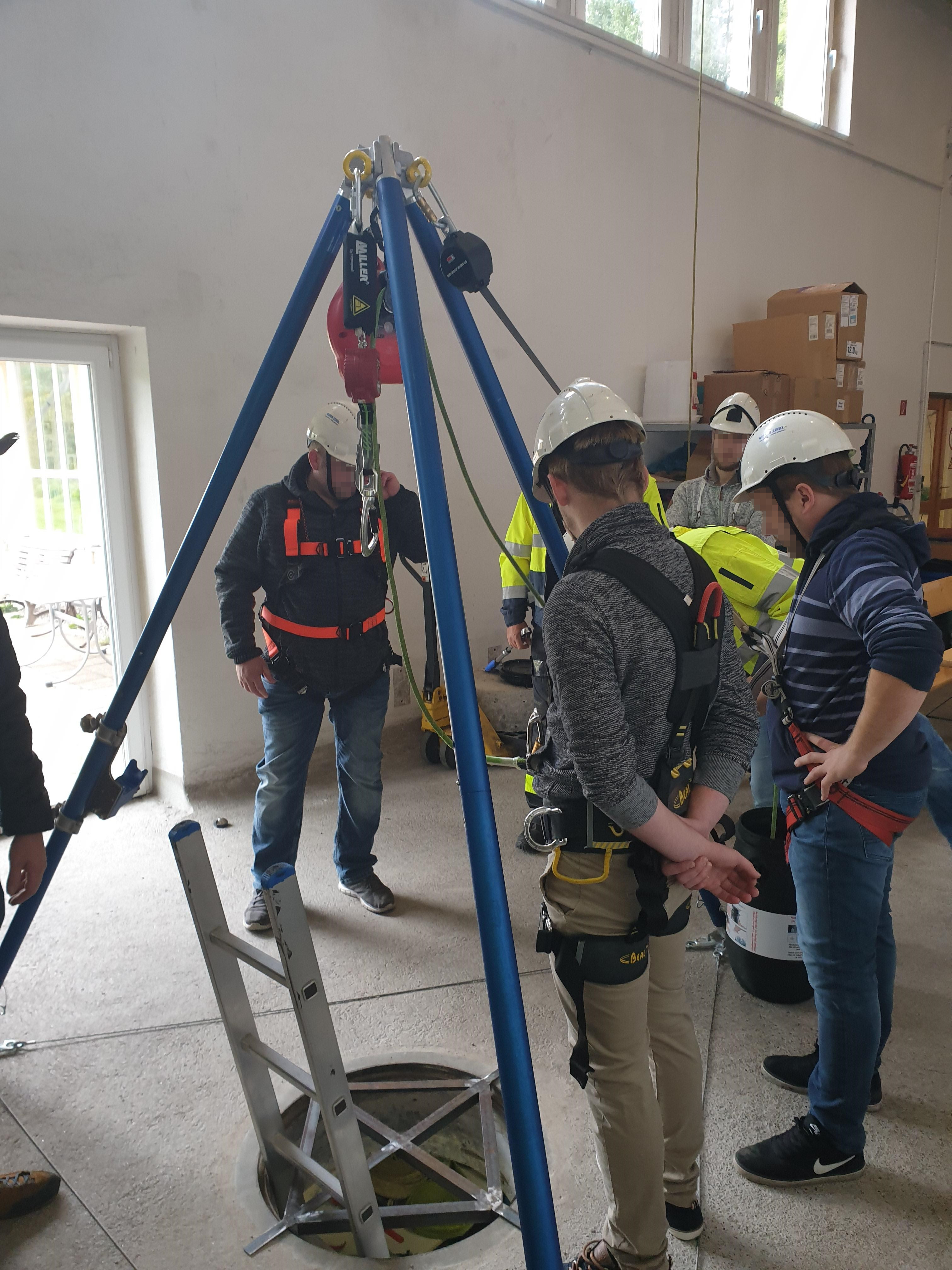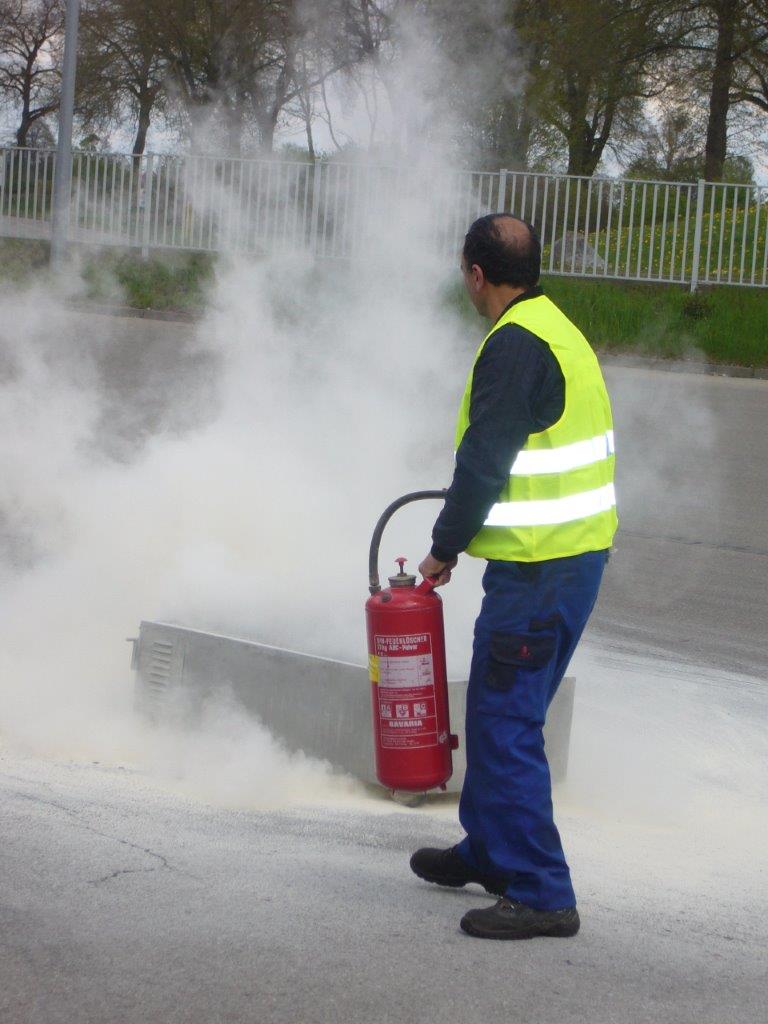“To develop the safety culture to its current level has taken years of teamwork and active discussion”, explains Ute Soller, Safety Manager at Ettringen and Schongau.
“Managers and employees in Ettringen have worked continuously on preventing accidents and identifying risks in recent years. There have been many informal discussions about potential hazards and always the approach to develop a common understanding about conscious safety behaviour.”
"The presence of managers, OHS specialists and an open ear are basic prerequisites for creating a strong safety culture."
Safety is an everyday job, which requires every employee to be on board. Gerhard Koob, Safety Expert at Ettringen, emphasizes that the safety culture can only be anchored if employees are properly involved.
“Work safety is teamwork, and it must be honest and practical. For example, we try to get employees to pause for seconds before each activity, to recognize the dangers of the activity and to find a safe way of working.”, he added.
Active teamwork and risk assessment
Safety also requires consistent discipline from the entire workforce. “Every one of us has to be wide awake, every day, stick to the instructions and also think for others, talk to each other, and openly discuss safety issues.” says Soller.
Koob agrees that work safety can only be successful if the whole department or the whole shift has the same attitude. “However, the leader plays a decisive role in this. All leaders recognize that they can also achieve their goals by working safely.”, he added.
Safety protocols and practices guide the daily safety work. Frequent discussions and observations help improve the safety culture and behaviour.
“Discussions across all levels and departments as well as the honest desire to reduce risks are key to achieve good safety results - I find it very important to work out risk-reducing measures together with the people concerned.”, explained Soller.
Another good practice to adopt in order to reduce risks is to inspect construction sites days in advance. Larger construction sites in Ettringen are inspected together days beforehand to recognize risks and hazards and to define safety measures.
“Before starting a job, talk to your colleague about how the job can be executed safely. Always check the prevailing conditions at site. Two very important points for me are that employees are aware of the hazards and do not accept unsafe conditions. If the risks and dangers of a job are known, people will automatically work safely because nobody wants to get hurt.”, concluded Koob.

